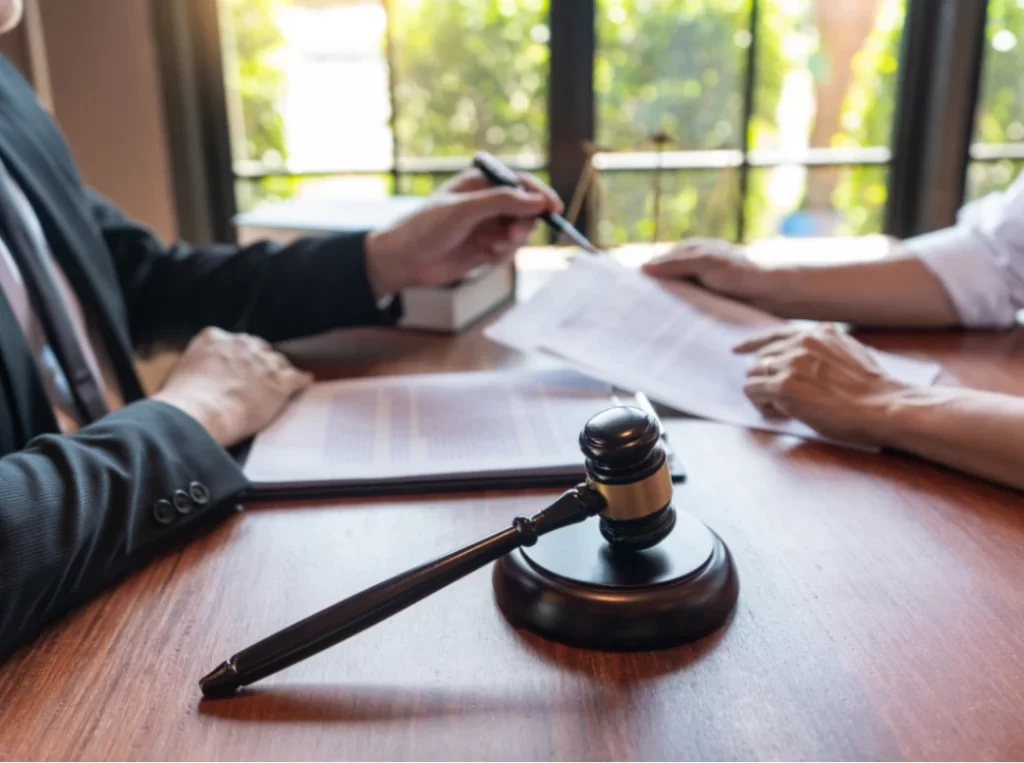Navigating a de facto breakup involves intricate legal considerations, particularly concerning asset division and financial support entitlements. At Kingsford Lawyers, our dedicated …

Bankruptcy is a legal process where an individual or business with overwhelming debt seeks relief from their creditors. It is a form of debt settlement that allows a debtor to eliminate or restructure their debts under the protection of the bankruptcy court. The Bankruptcy Act 1966, and the Australian Financial Security Authority (AFSA) are governed under the jurisdiction of the Attorney-General. The Bankruptcy Act governs Australia’s personal insolvency framework and enables individuals who are financially distressed to discharge their unmanageable debts while ensuring that their available assets are distributed to affected creditors.
The administration and regulation of Australia’s bankruptcy system is the responsibility of the Australian Financial Security Authority (AFSA), which delivers information, regulation, and enforcement services. The AFSA website provides an array of information on bankruptcy, debt agreements, PIAs, what to do in case of unmanageable personal debts, being a trustee or administrator, complaints processes, and personal insolvency in the context of coronavirus.
Relevant legislation includes the Bankruptcy Act 1966, Bankruptcy Regulations 2021, and Insolvency Practice Rules (Bankruptcy) 2016. Further information can be found on the Australian Financial Security Authority website.
Prior to pursuing bankruptcy, the option to select a registered trustee to manage one’s assets is available. Failure to nominate a trustee may result in the Australian Financial Security Authority (AFSA) appointing a trustee to manage the procedure on your behalf. In the event that a registered trustee declines the position, AFSA will act as the Official Trustee to administer the estate initially.
Bankruptcy may negatively impact one’s income, employment and business. If an individual’s income exceeds a predetermined amount, obligatory payments to the trustee may be required. Additionally, some employment options and business ventures may be restricted. For more information see: Income and employment
It is worth noting that bankruptcy does not alleviate all outstanding debts. While most unsecured debts are absolved through the bankruptcy process, certain exceptions do exist. For more information see: What happens to my debts
Travelling abroad whilst undergoing bankruptcy requires the express permission of the appointed trustee. Written consent must be provided and further details may be requested.
Registration on the National Personal Insolvency Index (NPII) is mandatory for all bankrupt individuals. This register discloses insolvency proceedings currently being processed throughout Australia.
Obtaining credit after bankruptcy can prove challenging due to the presence of credit reporting agencies that maintain a record of bankruptcy details for a set period of time.
A trustee has the authority to liquidate assets to satisfy demands from creditors. However, some personal possessions are deemed exempt from this procedure, including household goods, specified income-generating tools and vehicles up to a certain value. Assets must be declared upon filing for bankruptcy and throughout the length of the procedure. For more information about which assets a trustee can claim see: Assets that can be taken or sold
Bankruptcy proceedings normally conclude after three years and one day from the date of the accepted bankruptcy application. Exceptions to this timeline exist, and extensions of up to eight years can occur with trustee lodging an objection. Further details can be obtained at the Commonwealth courts. For more information see When will my bankruptcy end?
To support individuals in managing their debt, the National Debt Helpline offers a free financial counselling service and can be contacted on 1800 007 007.
The moneysmart website also provides additional information on the support and services available to help make financial decisions, including financial assistance and counselling.
Effective 1 January 2021, the bankruptcy threshold increased to $10,000 permanently, adjusting for changes in the value of money and debt levels since the last increase to $5,000 in 2010. The raised threshold addresses concerns regarding the use of bankruptcy proceedings for pursuing small debts while maintaining the general availability of credit in the economy. This new threshold applies to bankruptcy notices issued or creditors’ petitions presented on or after 1 January 2021.
Navigating a de facto breakup involves intricate legal considerations, particularly concerning asset division and financial support entitlements. At Kingsford Lawyers, our dedicated …
As the holiday season approaches, families come together to celebrate and create lasting memories. For divorced or separated parents, co-parenting during Christmas …
Navigating life post-divorce can be complex, and when it involves children, decisions regarding their well-being require careful consideration, especially when it comes …
55 Hudsons Road, Spotswood VIC 3015
2 Currumburra Road, Ashmore Qld 4214
E-13, UPSIDC, Site-IV, Greater Noida India
343791 York House, Green Lane West,
Preston PR2 1XB



© Copyright 2024 KINGSFORD LAWYERS | ALL RIGHTS RESERVED
Reach out to us, and let’s work together towards a solution that brings you peace of mind and a positive step forward.